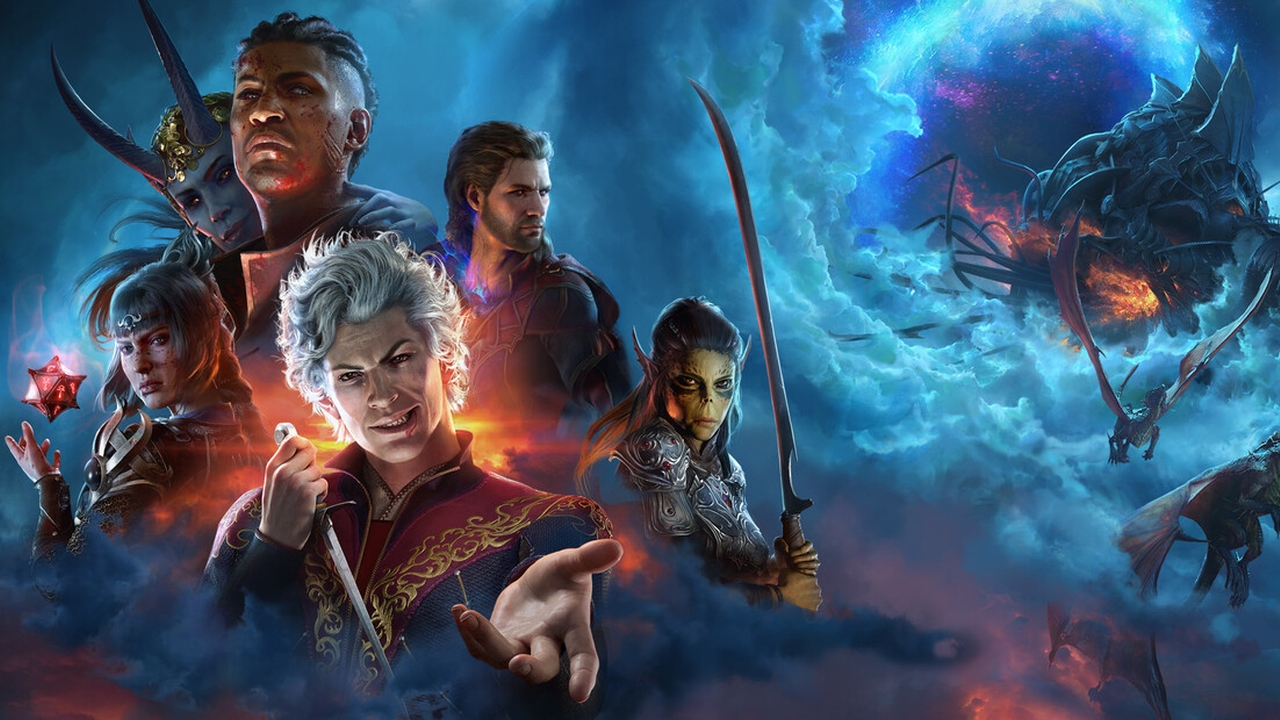In the realm of role-playing games, few titles have managed to capture the essence of tabletop Dungeons & Dragons quite like Baldur’s Gate 3. Larian Studios has crafted an experience that not only pays homage to its predecessors but also pushes the boundaries of what’s possible in a digital RPG. Let’s dive into why this game has become the talk of the town among both veteran adventurers and newcomers alike.
A World Teeming with Possibilities
From the moment you create your character, Baldur’s Gate 3 immerses you in a richly detailed world where every decision feels consequential. The Forgotten Realms come alive with stunning visuals, intricate environments, and a cast of characters so diverse and well-written, you’ll find yourself invested in even the most minor of NPCs.
But it’s not just the main quest that shines. Side quests in Baldur’s Gate 3 are far from filler content. Each one is a miniature adventure, often with multiple outcomes that can ripple through your playthrough in unexpected ways. Whether you’re solving a murder mystery in Baldur’s Gate or navigating the treacherous politics of the Underdark, there’s always something engaging around every corner.
Combat That Rewards Creativity
Gone are the days of simply clicking on enemies until they fall. Baldur’s Gate 3’s turn-based combat system is a tactical playground that encourages players to think outside the box. Want to drop a chandelier on your foes? Go for it. Fancy using the environment to your advantage by creating oil slicks or electrified puddles? The game not only allows it but actively rewards such ingenuity.
Each encounter feels like a puzzle to be solved, with multiple approaches available depending on your party composition and personal playstyle. It’s a system that keeps combat fresh and exciting, even dozens of hours into your adventure.
A Technical Marvel (Most of the Time)
Visually, Baldur’s Gate 3 is a feast for the eyes. From the sun-dappled forests to the oppressive gloom of underground caverns, every area is crafted with painstaking attention to detail. Character models and animations are equally impressive, bringing your party members and enemies to life with expressive faces and fluid movements.
However, it’s worth noting that all this visual splendor comes at a cost. Even on high-end systems, players may experience occasional frame rate dips or longer load times in particularly dense areas. While these issues don’t significantly detract from the overall experience, they’re something to be aware of for those with less powerful rigs.
The Dice Roll of Destiny
At its core, Baldur’s Gate 3 is about embracing the unpredictability of dice rolls. This faithful adaptation of D&D’s ruleset means that sometimes, despite your best-laid plans, luck just isn’t on your side. It can be frustrating to fail an important persuasion check or miss a crucial attack, but it’s this element of chance that makes your successes all the sweeter.
The game’s save system allows for a bit of save-scumming if you’re so inclined, but true adventurers know that rolling with the punches (or the natural 1s) is part of the fun.
A New Standard for RPGs
In conclusion, Baldur’s Gate 3 isn’t just a great game; it’s a landmark achievement in the RPG genre. Its blend of deep storytelling, tactical combat, and player agency creates an experience that’s both nostalgic and refreshingly modern. While it may have a few technical hiccups, they’re minor blemishes on what is otherwise a masterpiece of game design.
Whether you’re a long-time fan of the series or a curious newcomer, Baldur’s Gate 3 offers an adventure that’s bound to keep you enthralled for hundreds of hours. So gather your party, venture forth, and prepare to lose yourself in one of the most immersive RPG experiences of the decade.
